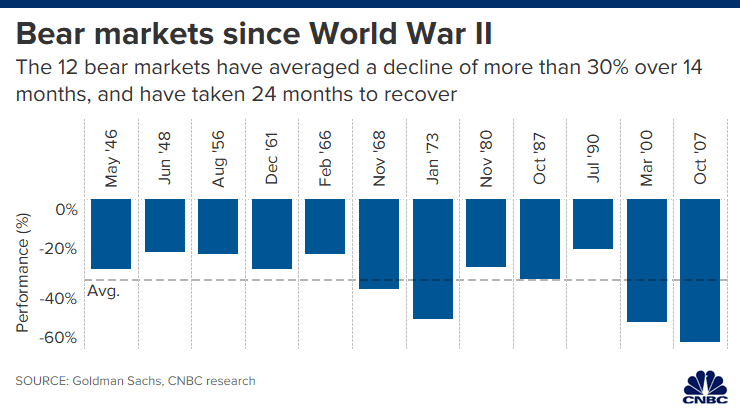It looks like you're new here. If you want to get involved, click one of these buttons!



https://realmoney.thestreet.com/jim-cramer/jim-cramer-we-re-aiming-high-15537212?puc=yahoo&cm_ven=YAHOOI know it seems too good to be true, almost like alchemy, but almost every single time that a Wall Street analyst says a stock is going higher, perhaps far higher, it works. There are that many bulls out there. There are that many people who want to believe and become buyers.
Hi Jon, I would look at expense ratio. You can buy the NASDAQ 100 cheaper than RYOCX. Turnover on the Fidelity fund is higher than I like. Are they that smart?
I would also look at the structure of the fund family. I lean against publicly traded companies. I would look at how much the managers are putting into the fund. And then I would look at the over-all success rate of the family. Is the particular fund a one-off? Is it out of their typical area of expertise?
Last year I received direct deposit. I gave the same bank account on my 2018 and 2019 returns, but this year I'm getting something in the mail. I don't know what yet (check or card). All I know is that it was supposedly mailed on the 6th and it hasn't arrived yet.For those who don’t receive a direct deposit by early January, they should watch their mail for either a paper check or a debit card. To speed delivery of the payments to reach as many people as soon as possible, the Bureau of the Fiscal Service, part of the Treasury Department, will be sending a limited number of payments out by debit card. Please note that the form of payment for the second mailed EIP may be different than for the first mailed EIP. Some people who received a paper check last time might receive a debit card this time, and some people who received a debit card last time may receive a paper check.
Article:What we’re doing today is finding more and more ways to essentially reduce the need to have humans involved with work. So much of the investment in business in America is to essentially automate away human labor or, even more curiously, to devalue human labor.
U.S. President Donald Trump famously tweeted that “trade wars are good, and easy to win” in 2018 as he began to impose tariffs on about $360 billion of imports from China. Turns out he was wrong on both counts.
how-china-won-trump-s-good-and-easy-to-win-trade-war?Trump repeatedly claimed that China was paying for the tariffs. Economists who crunched the numbers were surprised to find that Chinese exporters generally didn’t lower prices to keep their goods competitive after the tariffs were imposed. That meant U.S. duties were mostly paid by its own companies and consumers.
The tariffs led to an income loss for U.S. consumers of about $16.8 billion annually in 2018, according to a National Bureau of Economic Research paper.
Second Article: Yes, Virginia. There Is A Stock Market Bubble. Lance Roberts
First Article: Warren Buffett's favorite market indicator hits 13-year high, signaling global stocks are most overvalued since the financial crisis
The gauge climbed past 121% last weekend, Bloomberg data shows, marking its highest reading since October 2007. Welt market analyst Holger Zschaepitz flagged the worrying milestone in a tweet.
"Buffett indicator sounds the alarm," he said. "Global stock mkt cap has now topped 120% of global GDP, and thus the same level as before the crash in 2008."
© 2015 Mutual Fund Observer. All rights reserved.
© 2015 Mutual Fund Observer. All rights reserved. Powered by Vanilla